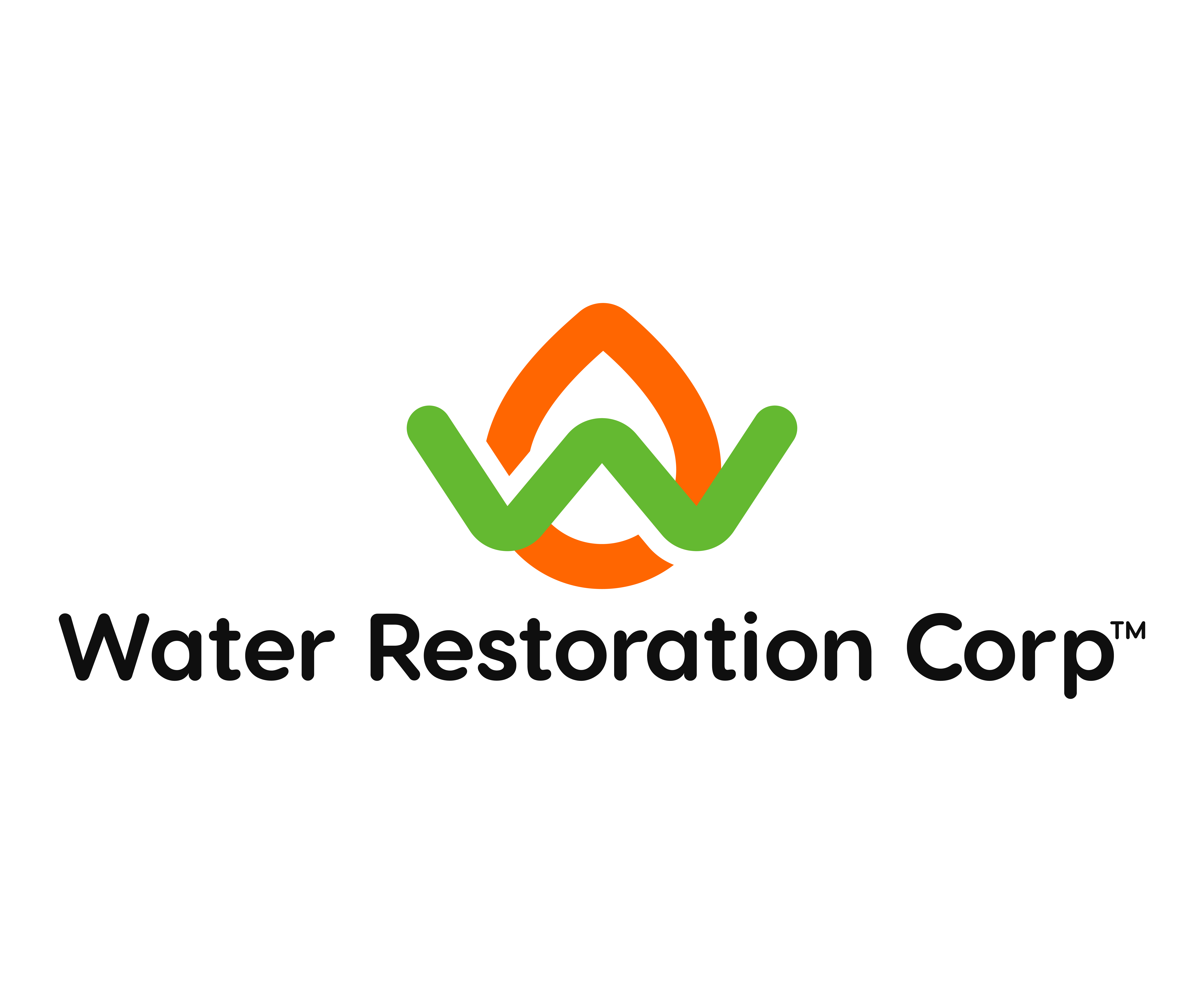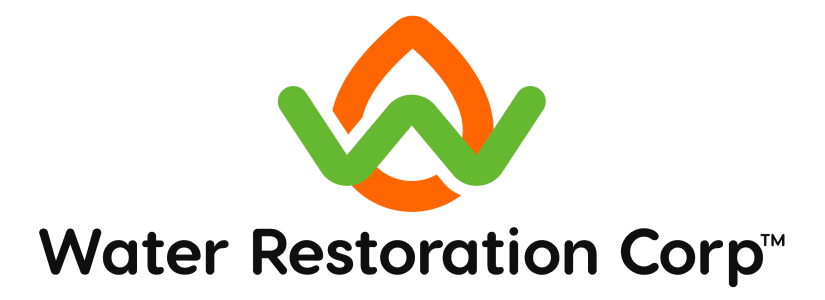Water extraction is crucial in mitigating damage caused by water-related disasters, such as flooding, burst pipes, or leaky roofs. It involves the removal of excess water from properties to prevent further damage, mold growth, and structural complications. Here, we delve into the tools, techniques, and essential tips for an effective water extraction process.
1. Tools for Water Extraction
- Submersible Pumps: These are designed to be fully submerged in water. They’re often used for deep-standing water and can move large volumes quickly.
- Wet/Dry Shop Vacs: These versatile vacuums are designed to handle both solids and liquids, making them perfect for water extraction in homes or businesses.
- Infrared Cameras: While not directly used for extraction, they help detect moisture in walls and floors that might not be visible to the naked eye.
- Moisture Meters: Devices that measure the moisture content in various materials, ensuring all wet areas are addressed.
- Air Movers: Once water is extracted, these tools help evaporate the remaining moisture from floors and walls.
Related: When is Mold Remediation Necessary?
2. Techniques for Effective Water Extraction
- Assessment: Before diving into the extraction process, assessing the affected areas is crucial to determine the best approach. This includes checking the type of water (clean, gray, or black) and the extent of damage.
- Water Removal: Start with larger tools like submersible pumps for standing water and transition to wet/dry vacs for areas with less water. Ensure all pockets of moisture are addressed.
- Moisture Mapping: Use infrared cameras and moisture meters to identify areas that might still be wet. This ensures you don’t miss spots that could lead to mold growth.
- Drying: After extracting the water, the drying process begins. Use dehumidifiers and air movers to dry out spaces, ensuring no moisture remains.
3. Tips for Efficient Water Extraction:
- Act Quickly: The longer water sits, the more damage it causes. Begin the extraction process immediately to mitigate damage and prevent mold growth.
- Safety First: Always wear appropriate protective gear, including gloves, masks, and boots. Ensure the electricity is turned off in areas with standing water.
- Document Everything: For insurance purposes, take photos and make notes about damaged items and areas. This can expedite claims and provide a clear picture of the incident.
- Seek Professional Help: While minor water issues can be tackled independently, more extensive damage benefits from the expertise of professional water extraction services.
- Monitor the Drying Process: Even after visible water is removed, continue to monitor affected areas with moisture meters. This ensures thorough drying of materials like wood and drywall, preventing future issues.
Related: 11 Steps To Take After A Flooded Basement
Conclusion
Water extraction is an essential step in the aftermath of water damage. With the right tools, techniques, and a proactive approach, homeowners and business owners can minimize the detrimental impacts of water-related disasters. However, in cases of severe damage, it’s always best to consult with professionals to ensure a comprehensive and effective water extraction process.





